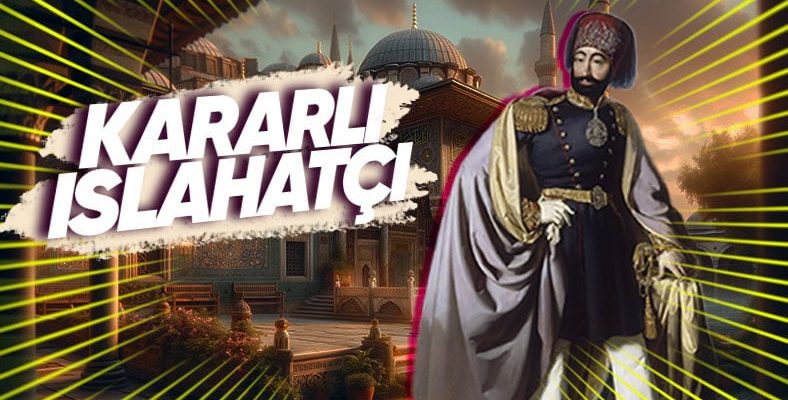II, also known as the Reformist Sultan. The Mahmud period actually covers the period when the state was most open to innovation. The reforms he carried out during his period played a major role in the development of the state in the future. So who is this II? Mahmud, what was his life like and how did he die?
He made a name for himself with the modernization movements he carried out among the Ottoman sultans and even ‘infidel sultan’ Known as Sultan II. Mahmud became the head of the state, which was in great political turmoil.
Despite his young age, the sultan made great progress during his reign. He remained on the throne for 31 years and became the ruler of the state. He worked with all his might to advance in every field and to build an Ottoman Empire that could be considered equal to the western states.
“Infidel sultan” II. Who is Mahmud?
Sultan II. Mahmud was born on July 20, 1785. His father was Abdulhamid I and his mother was Nakşidil Valide Sultan. He was raised in accordance with traditions. When he lost his father, Abdulhamid I, at the age of 4, his uncle, Abdulhamid III, died. Selim took a close interest in his education and hired many teachers for him. II. Mahmud took beautiful writing lessons from famous calligraphers and all of the plates he wrote were very good.
He also loved music very much and had the greatest music masters of his time perform fasıls in the palace. He had 21 songs composed by himself and The pseudonym “Adlî” He became known as a poet, composer, tanburi, ney player, singer and a great calligrapher.
On July 28, 1808 IV. Mustafa’s dethronement and III. In the movement to bring Selim back to the throne, III. Selim IV. He was killed by Mustafa’s men and II. Mahmud was ascended to the throne when he was only 23 years old.
II. Mahmud made efforts to correct the situation during the collapse of the Ottoman Empire.
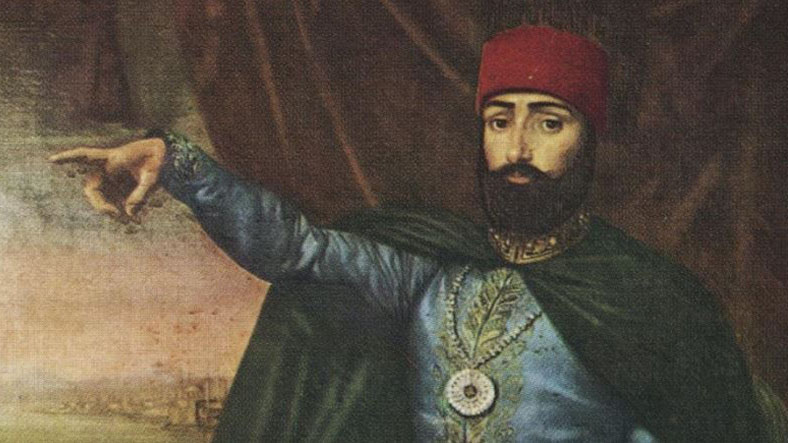
He preferred to benefit from western technology and culture in order to bring a new order to the country. In this way, he even managed to keep the rapidly collapsing empire alive for a while and extend its life. Sultan MahmudHe was a hard-working, brave, proud leader who loved the European style of life.
He was also extremely passionate and reacted quickly to events. He was well versed in the details of state affairs and constantly followed up on his assigned duties. Many successes were achieved thanks to his determination. For this reason, he would change his clothes and walk around among the people. II. Mahmoud, III. He grew up under the influence of Selim III and believed that the country could only be saved through western-style reforms.
The problems that had been accumulating for centuries had brought the empire to the brink of complete destruction, and Sultan Mahmud worked to stop this destruction for 31 years.
On the outside, Russia’s attacks aimed at rapidly destroying the state and the intrigues of other European states to benefit from the legacy of the empire, and on the inside, the rebellions that broke out with the dream of establishing independent states by taking advantage of the weakness of the government, II. The dangers facing Mahmud was between.
However Sultan MahmudDespite all the negative developments, he maintained his composure and continued to work for the security of the state and the people.
II. Reforms made during the reign of Mahmud:
- The Janissary Corps was abolished.
- Postal Organization was established.
- Some changes were made in the dress code, and trousers and a fez were introduced for civil servants.
- Confiscation Procedure was abolished.
- Mekteb-i Maarif-i Adliye was established to train civil servants.
- For the first time, students were sent to Europe to receive education.
- Primary education was made compulsory.
- Translation Chambers were established to train Muslim translators.
- The first official newspaper, Takvimi Vekayi Newspaper, was published in 1831.
- Ministries were established.
- The first census was conducted.
- The Assembly Ahkam-ı Adliye was established.
- Mukhtar offices were opened.
The Janissary Corps was abolished.
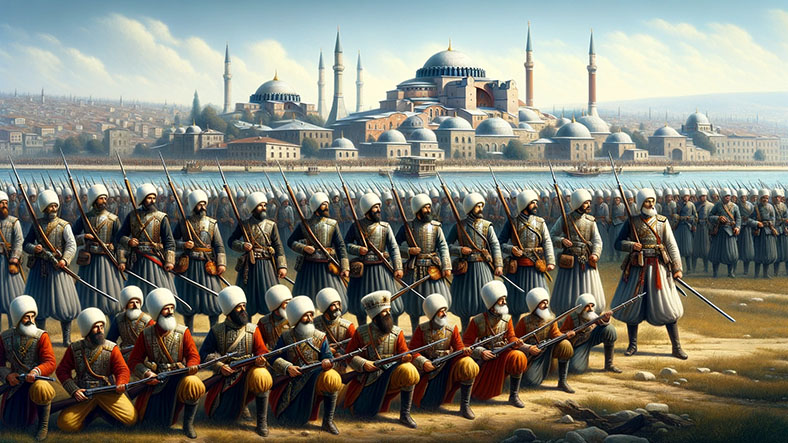
Created with artificial intelligence.
This situation, known as “Vaca-i Hayriye” (Auspicious Event), of the Ottoman Empire It was a situation that had been troubling him for a long time. On June 16, 1826, II. Mahmud caused many troubles to the state. The Janissary Corps was abolished. Despite much resistance, the sultan, who argued that the renewal of the state should start from within, made the best decision.
RELATED NEWS
Why was the Janissary Corps Abolished? The Event That Shook the Ottoman Empire Deeply with the Death of More than 40 Thousand Soldiers: The Hayriye Case
Postal Organization was established.
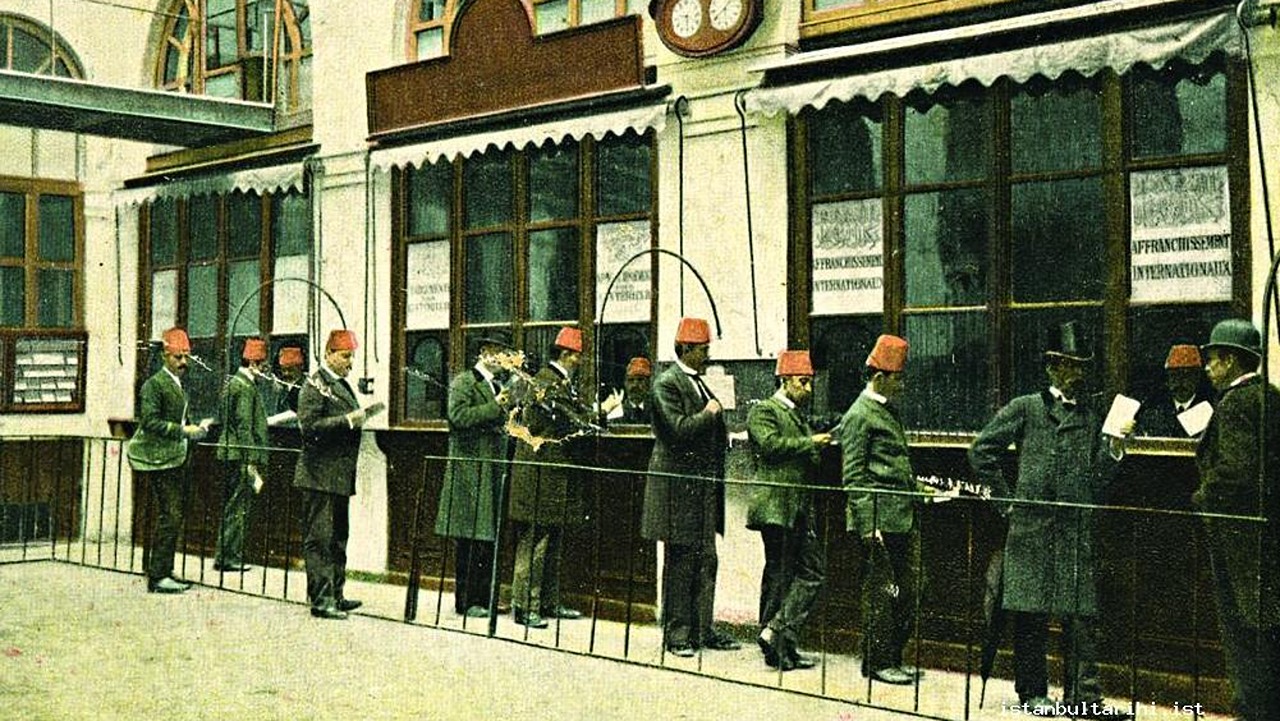
The first postal organization was established in 1834. The purpose of its establishment was to generate income and ensure public communication. The first post office in Istanbul was opened under the name “Postahane-i Amire”. Among the first officers Süleyman Ağa and collector Sofyalı Ağyazar was located. They were also assigned as translators to translate the addresses of posts written outside Turkish.
Some changes were made in the dress code, and trousers and a fez were introduced for civil servants.
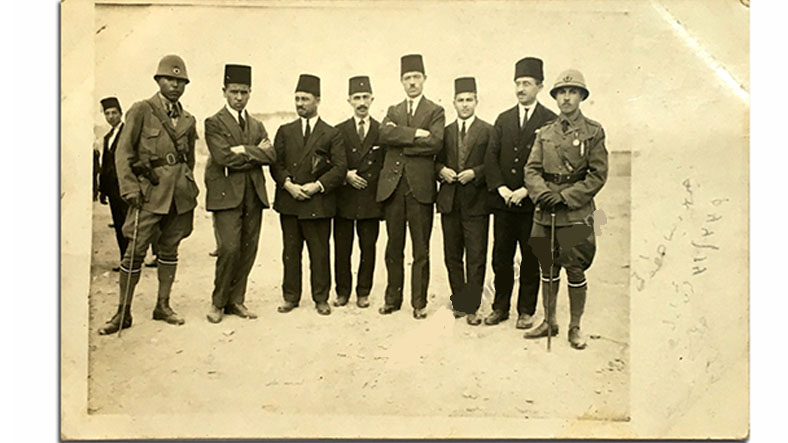
This practice, seen as a modernization step of the state, dates back to World War II. It started when Mahmud II liked the Tunisian fezzes that Captain Hüsrev Pasha had his Kalyoncu soldiers wear, and wanted civil servants to use the same headgear. After abolishing the Janissary Corps, Asakir-i Mansure-i Muhammediye He founded the Ottoman army, known as the.
Like this II. MahmoudHe also made his army wear fez, and from 1829 onwards, he made it compulsory for everyone except clergy and women to wear fez. After 1832, almost everyone started wearing a fez.
Confiscation Procedure was abolished.
Confiscation was the process of seizing the property of people who gained unfair advantage in the state, at any time. This system is especially illegal gains such as theft and bribery applied in certain situations. However, this application is also II. It was removed with Mahmud.
Mekteb-i Maarif-i Adliye was established.
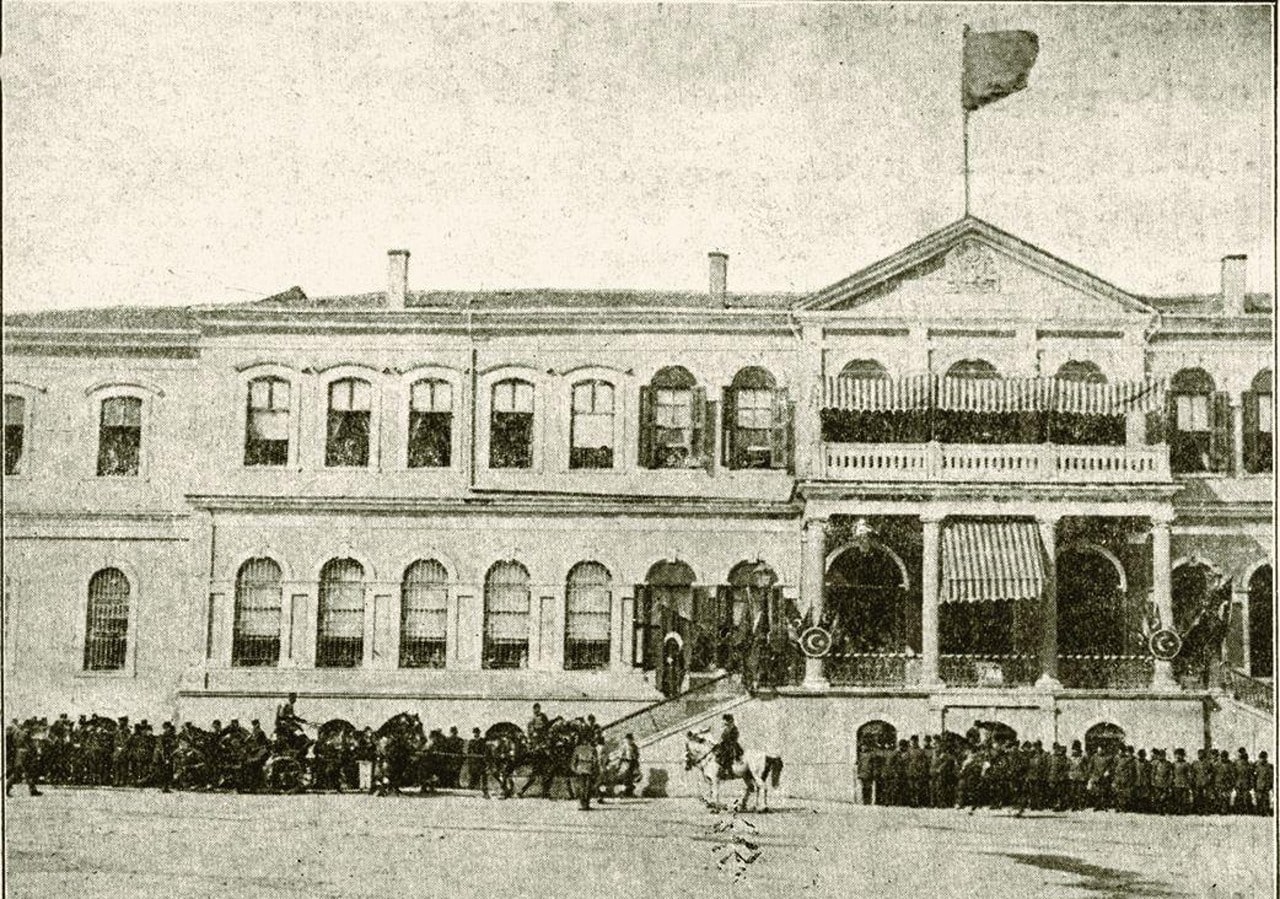
II. Founded in 1847 during the reign of Mahmud Mekteb-i Maarif-i AdliyeIt was an important institution in the field of education. It was established to provide education in law, justice, administration and science in Turkish and Arabic languages. Its main purpose was to train qualified and skilled personnel for the state’s judicial system.
For the first time, students were sent to Europe to receive education.
Sending requests abroad is officially the first time. II. During the reign of MahmudIt started on December 14, 1830. Five students, Hüseyin, Ahmed, Abdüllatif, Mehmed Reşid and Edhem, were sent to France in order to train officers for the Asâkir-i Mansûre-i Muhammediye army.
Especially the children of pashazades and ambassadors, St. at St. Louis High School Students such as Ahmed Vefik Pasha, one of the future grand viziers, who were educated or the son of Ruhiddin Efendi, the translator of Paris Ambassador Mustafa Reşid Pasha, were preferred. In addition, Enderun students and students graduating from the Military, Naval and Medical Schools are also included in this program.
Primary education was made compulsory.
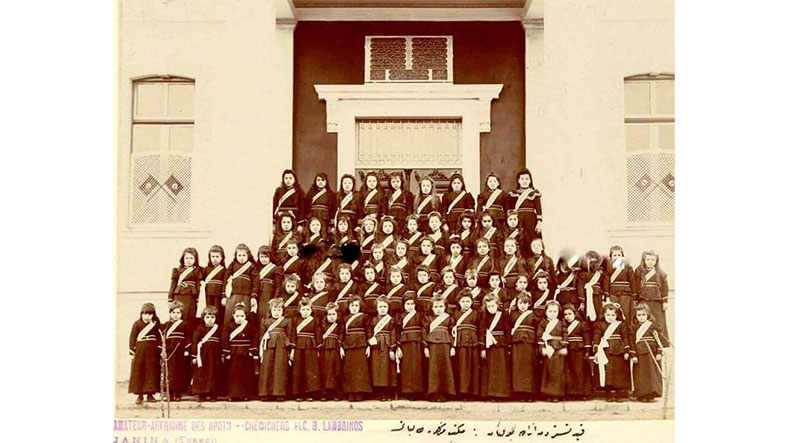
Primary education outside the state was carried out only through foundations. However II. Mahmoud This situation was made mandatory. However, this practice could not be implemented due to the lack of sufficient organization and holistic policies.
Later, in 1848, 6 years of education was made compulsory in Primary and Secondary Schools. An instruction was published. However, in 1921, the Ministry of Education reduced the duration of primary schools from 6 years to 4 years and thus made a significant change in education policy.
Translation Chamber was established.
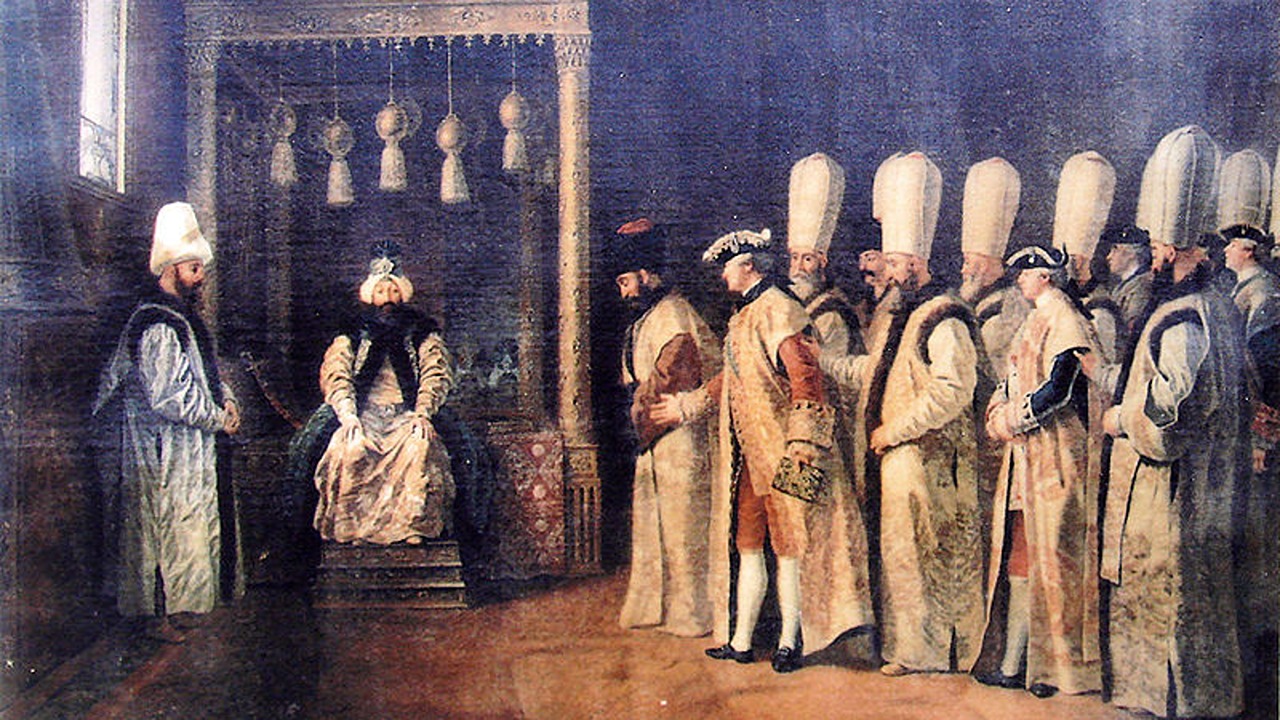
As the demand for civil servants who knew languages increased from 1834 onwards, Translation Chambers were established. This was an important step taken to meet the needs of civil servants who speak languages and to contribute to foreign relations by making translation services more effective.
The first official newspaper, Takvim-i Vekayi, was published in 1831.
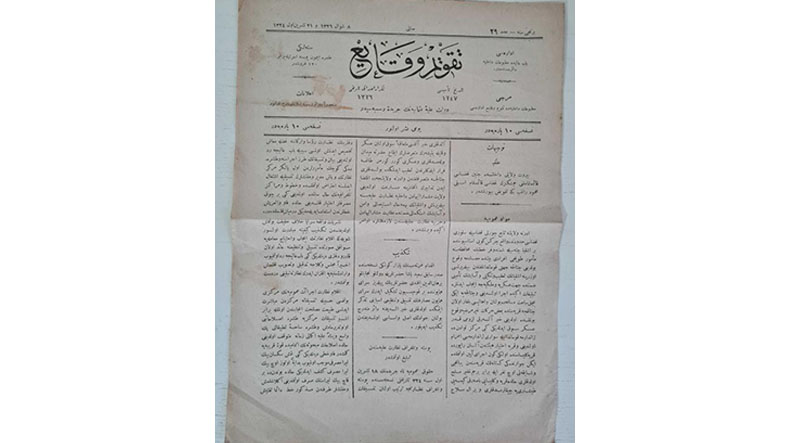
Issued to inform the public about internal and external events Takvim-i VekayiIt is one of the important developments of the Sultan Mahmud period.
Ministries were established.
Sultan Mahmud abolished the Council Organization and instead established ministries, meaning ministries. On March 30, 1838 “Prime Minister” to the office of Grand VizierIt was decided to call the Grand Vizier “Prime Minister”.
The first census was conducted.
of the Ottoman-Russian War The census carried out in the period 1827-1829, which affected the population, was carried out in 1831. Although a census was not conducted in many regions throughout the country, this is considered the first Ottoman census in modern terms.
The Majlis-i Vâlâ-yı Ahkâm-ı Adliye was established.
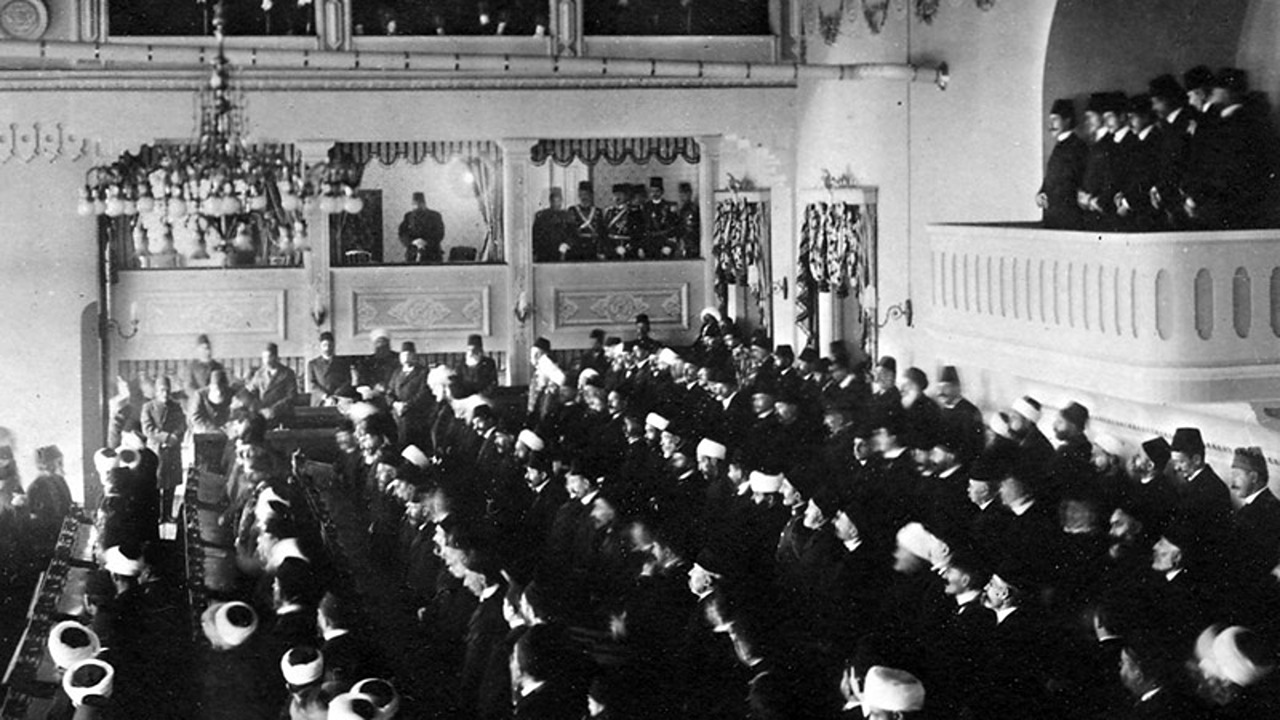
The Majlis-i Vâlâ-yı Ahkâm-ı Adliye is a high-level institution that played an important role in the judicial system of the Ottoman Empire during the Tanzimat Period. present day To the Supreme Court and the Council of State It had a similar function.
Mukhtar offices were opened.
II. Mahmud, After the abolition of the Janissary Corps He had established headmen’s offices in order to prevent possible dangers and ensure the security of small units. The regulation of these units was officially realized for the first time in 1864.
Main and most important of reforms These come first. But it is important to know that their reforms are not limited to these only.
So why was it called “Gavur Sultan”?
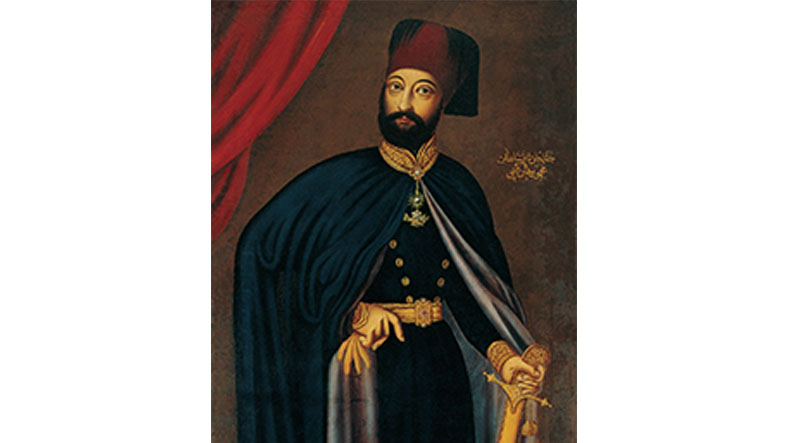
Sultan II. Mahmud periodstands out with its effort to keep together the elements that began to disperse and deteriorate due to centralism, on the axis of modernization. Of course, it is not a coincidence that he was given this nickname. Sultan Mahmud, who took unconventional steps and developments in many areas and was often excluded for this reformsIn fact, it is the source of the period we live in today.
Because of this “Why infidel sultan?” The answer to the question is that he is someone who is open to modernization and development and has a broad horizon.
Sultan II. How many years did Mahmud remain on the throne?
He ascended to the throne on July 28, 1808, and his reign ended on July 1, 1839. No matter how we look at it, II. remained on the throne for 31 years. Throughout his reign, Mahmud struggled greatly to keep the state afloat and carried out reforms to cope with intense internal and external problems in the last 13 years. How was it For those wondering, it should be said that he faced health problems during this period and struggled with tuberculosis in his last years.
An accurate diagnosis of his illness could not be made from the beginning, and it was too late for the intervention of doctors brought from Europe. In 1839, all that remained of his reign was his reputation for innovations. II. Mahmud, of the Ottoman Empire It is undoubtedly one of those who played the biggest role in its progress and in not falling behind the West.
Even today, we still use, see and hear many of the innovations he brought. II was interested not only in the state, but also in public, art and charity work. Mahmud, Ottoman history It had one of its brightest periods.
Our other history-related content:
RELATED NEWS
The Ottoman Sultan Who Deserved His Nickname Due to His Actions in the Palace: ‘Crazy’ İbrahim
RELATED NEWS
Things That Are Not Told in Schools: Pasteur Discovered the Rabies Vaccine Together with Turkish Doctors, Thanks to the Ottoman State
RELATED NEWS
The Intrigue-Full Story of Kösem Sultan, One of the Most Powerful Women in Ottoman History
RELATED NEWS
Your horizons will be broadened when you learn the reason why Ottoman Sultans often took “sideways poses”
RELATED NEWS
